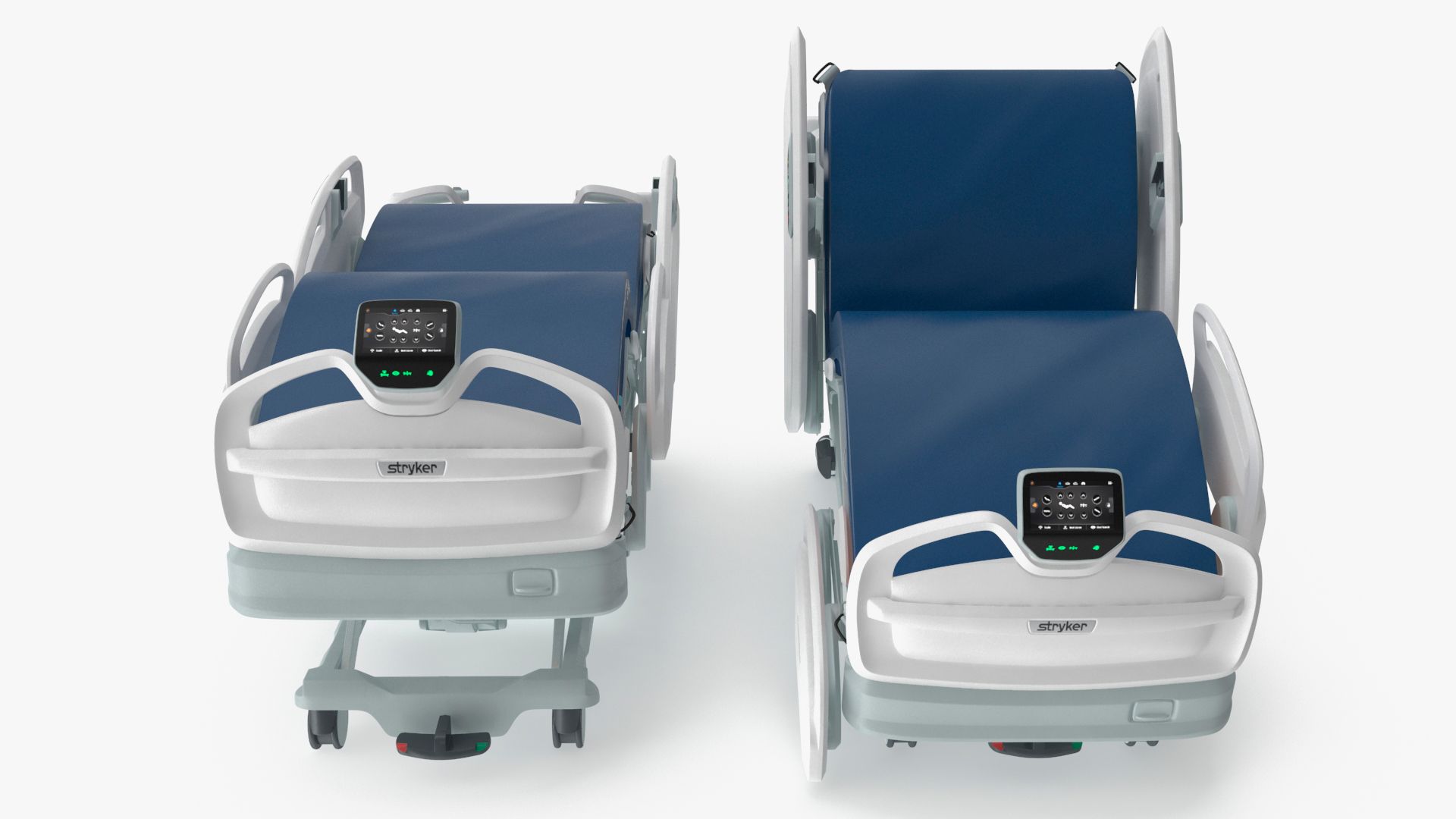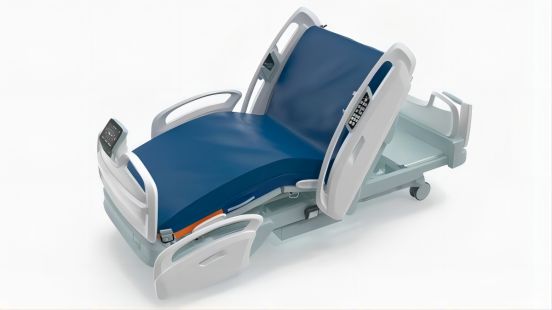.jpg)
How Automatic Nursing Beds Contribute to Efficient Healthcare
Over the years, medical beds have undergone significant advancements, adapting to the changing needs of patients and healthcare providers. From simple mechanical beds to sophisticated smart beds, technology has played a crucial role in enhancing their functionality and usability.Smart beds, equipped with state-of-the-art features and advanced technology, have revolutionized the healthcare industry. These beds are designed to provide optimal care and support for patients, while also streamlining the workflow for healthcare professionals.
Firstly,the automatic nursing beds improve patient comfort and safety, facilitating better care delivery by healthcare providers. These beds streamline tasks such as adjusting positions, transferring patients, and monitoring vital signs, saving time for nursing staff.At the time, By automating certain functions like bed adjustments and transfers, automatic nursing beds help reduce the physical strain on healthcare workers, preventing injuries and fatigue.Automated features enable patients to adjust their positions easily, promoting mobility and reducing the risk of bedsores and other complications associated with immobility.

With integrated sensors, monitoring systems, and communication capabilities, smart beds enable real-time data collection, analysis, and remote access, leading to better patient outcomes and improved efficiency in healthcare delivery.
The evolution of medical beds has been nothing short of remarkable, with advancements in technology and changing patient needs driving significant transformations. From the early push-button models to the mechatronic beds of the 1990s, medical beds have come a long way.
What sets smart beds apart is the integration of advanced technologies, such as graphical interfaces and novel sensors.
Smart beds have gained popularity due to the increasing demand for efficient healthcare solutions. With the global aging population and the need for better accessibility in patient care environments, smart beds have emerged as integrated solutions to address these challenges.These beds offer a comprehensive design approach, combining innovative interfaces, increased functionality, and dedicated accessories. They seamlessly integrate into the healthcare system, making it easier for caregivers to provide efficient care and creating responsive environments for patients.

As smart beds continue to revolutionize patient care, there are several challenges and opportunities that arise. One of the main challenges is the integration of new technologies into these beds. With advancements in sensors, artificial intelligence, and data analytics, smart beds have the potential to provide real-time monitoring, personalized care, and improved patient outcomes. However, implementing these technologies and ensuring their seamless integration with existing healthcare systems can be complex and require significant investment.
Recent Posts
- Rehabilitation Nursing With A Patient Care 15 July 2021
- The Role of Senescence in Age-Related Diseases 06 June 2024
- MeyarCare Privacy Policy 03 June 2024
- How rehabilitation tools affect people with disabilities 09 May 2023
- The Cost Considerations in Acquiring Automatic Nursing Beds 29 September 2023

